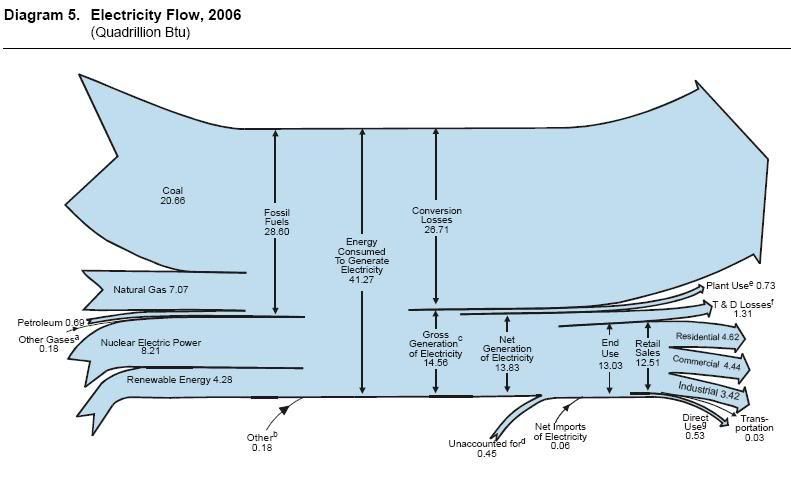

Beam me to Planet Gore !
Posted on 07/25/2008 8:23:14 AM PDT by twistedwrench
Republican presidential candidate Senator John McCain travelled to Oregon in mid-May to deliver the definitive climate change speech of his campaign. He spoke in Portland, at the U.S. headquarters of Vestas Wind Systems AS, a Danish company that markets wind turbines around the world. He started on a self-deprecating note. “Today is a kind of test run for this company,” he said. “They've got wind technicians here, wind studies and all these wind turbines. But there's no wind. So now I know why they asked me to come and give a speech.”
It was perhaps his most perceptive statement of the day. Five sentences later, Mr. McCain made perhaps his least perceptive. “Wind,” he said, “is a predictable source of energy.”
(Excerpt) Read more at theglobeandmail.com ...
And San Luis dam/lake in California, for the last 50 years or so.
I doubt that very much.
I do know that there are functional morons on this forum who constantly claim that it costs more to get rid of a Prius after its useful life than it cost to buy it.
Don't believe everything you hear.
Can't insult a statement.
The power distribution area, and the typical distribution losses in countries bigger than tiny Denmark make the statement and comparison comical.
My original statement from post #6 "Power plants produce energy whether it’s used or not."
Pontiac replied in post #10 "Not true.
Every electric power producer has large power plants that run almost all of the time called Base Load plants.
Then they have medium sized plants that increase or decrease power production to meet rising or falling demand called Load Following plants.
Then there are plants that are started up only when demand is at its greatest called Peaking Plants. Some of these are gas turbine plants that are fully automated and can be started remotely from a Systems Operation Center.
It would be economically wasteful to generate power that was not used and it would cause destructive imbalances in the distribution system."
Then my reply was to tell the Danes, who from the article run the coal plants no matter what the wind is doing. When was I talking about "distribution losses"? So yea, it was an insult.
Perhaps McCain should visit General Compression. Their windmills turn air compressors instead of generators. The intermittently compressed air accumulates in a network of pipes and tanks (or underground cave if available), where it is available to power generators as needed.
It’s supposed to shift peak use to non-business hours. I hear it on the radio as a PSA. We do have electricity 24/7, barring a storm, someone digging without calling the 800 number, vehicle hitting a power pole or (my favorite) an unannounced outage called to allow an extra large load go under or close to power lines that have to be disconnected.
Another technically-feasible alternative (price???) would be pumping compressed air into abandoned gas wells & using it to drive pneumantic-engine powered generators. This approach has been proposed for large-scale solar power already.
In sane times, a whole-system solution would be designed, and costed out; before large-scale implementation began.
“Typical transmission losses in CA - 50%”
That would mean that transmission losses in CA are over 6 times the average in the U.S. and Canada.
Electical line loss come no where near this amount. There are loss this great comparing energy in fuel to power plant output but they are mostly from the waste heat losses.
Supply and Disposition of Electricity, 1995 through 2006
http://www.eia.doe.gov/cneaf/electricity/epa/epates2.html

Pumped storage is used in some place. A small pumped storage takes a lakes/river with significant head difference. There is no way tanks could be built large enough to have any economical application.
But if you want to really be off the grid most of the time and have a safe and reliable electric system here is what I would expect to spend.
10,000 KW (peak demand when the sun is hot and everyone is indoors running everything) is what you need to run a decent sized house with most of the modern conveniences (air conditioning, deep freeze, two or more computers, electric range, microwave, and so on).
For a 10,000 KW modern wind turbine you are going to pay about $30K.
For battery backup for one you will need an out building to satisfy most insurance policies (add another $5K). The battery bank (regular car batteries will not do) with the charging system to maintain it properly is likely going to cost you $7 to $10K. This gets you 24 hours of backup power.
Your friend also had a solar system that if it was also able to run his home independent of the wind turbine I would expect to spend at least $30K (self installed).
Adding it all up comes to about $75K if you do most of the work yourself.
Compressed air being used and is being developed.
http://www.sandia.gov/media/NewsRel/NR2001/norton.htm

BTW my neighbor has 6 smaller wind turbines. He feels that it is more reliable than having one. I did not explain to him the multiple of parts vs failure rates of things. He is convicted.
Source:
Diagram 5. Electricity Flow, 2007 (more up to date data than the last time I copied it)
www.eia.doe.gov/emeu/aer/pdf/pages/sec8_3.pdf
See also:
EIA, Electric Power Annual
http://www.eia.doe.gov/cneaf/electricity/epa/epa_sum.html
for more information (much more, somewhat difficult to find specific data but lots of information available)
Interesting sites for pumped storage. First site is a slide show (large file).
http://www.pseg.com/companies/fossil/plants/yardscreek.jsp

totally cool picture. where is it?
Disclaimer: Opinions posted on Free Republic are those of the individual posters and do not necessarily represent the opinion of Free Republic or its management. All materials posted herein are protected by copyright law and the exemption for fair use of copyrighted works.